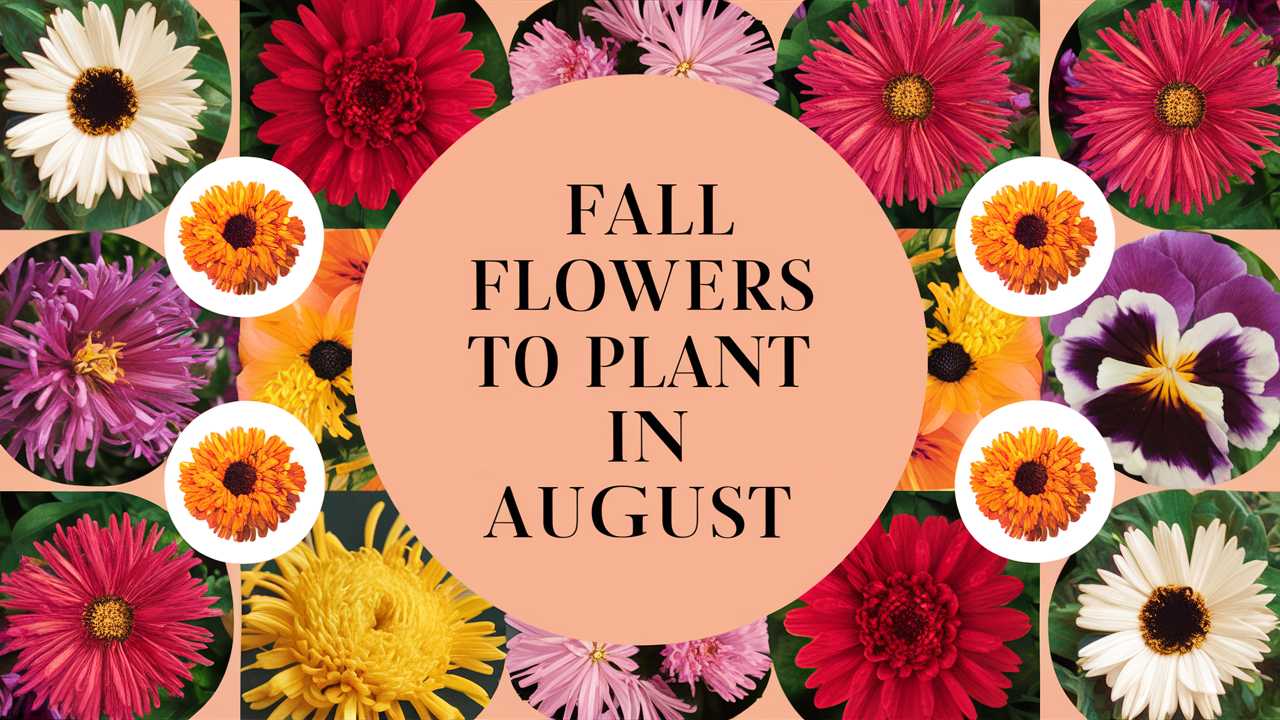In this guide, we’ll explore the best flowers to plant in August, detailing their requirements, temperature tolerances, and optimal planting times for various regions.
Aster
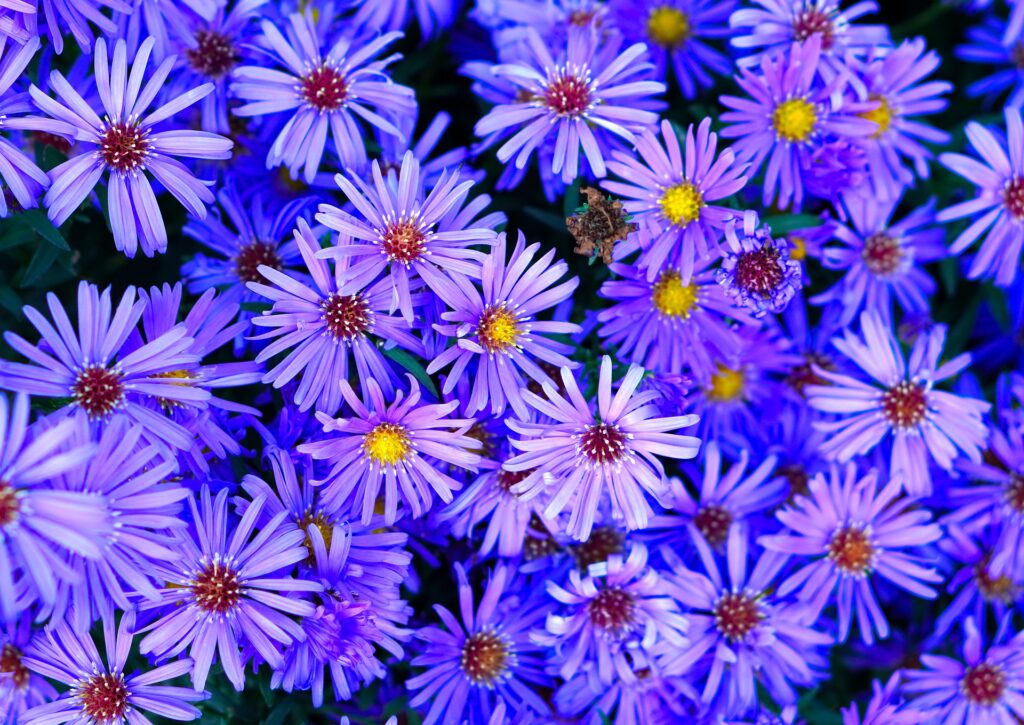
Asters are classic fall flowers known for their vibrant colors and long blooming period. They thrive in USDA Zones 3 to 8 and can be planted from late summer to early fall.
Temperature Tolerance: Asters are hardy flowers that can withstand light frosts, making them perfect for late summer planting. They perform well in cooler temperatures, ideally between 65°F and 75°F (18°C and 24°C).
Planting Instructions: When planting Asters in August, ensure they are positioned in well-drained soil and receive full sun to partial shade. Space the plants about 12 to 18 inches apart to allow for their natural spread. Water them thoroughly after planting, and consider mulching to retain moisture and suppress weeds.
Unique Considerations: Asters attract beneficial pollinators, making them a great addition to any garden focused on supporting local wildlife. Look for fall-blooming varieties like the New England Aster (Symphyotrichum novae-angliae) for a stunning late-season display.
Mums (Chrysanthemums)
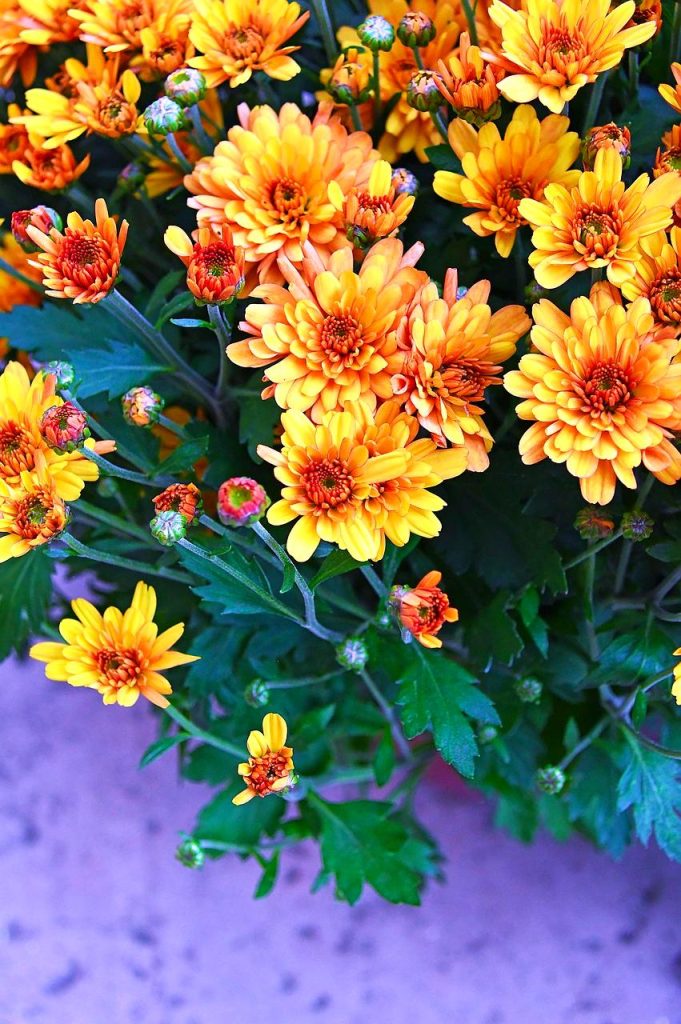
Chrysanthemums, commonly known as mums, are one of the quintessential fall flowers. Available in numerous colors, shapes, and sizes, they thrive particularly well when planted in August.
Temperature Tolerance: Mums are hardy perennials in USDA Zones 5 to 9, and they hold up well in temperatures as low as 30°F (-1°C).
Planting Instructions: Ensure mums are planted in a sunny location with well-drained soil. Space them about 12 to 18 inches apart to promote good air circulation. When planting, mix compost into the soil to improve nutrient content and drainage.
Unique Considerations: Mums can be planted in pots for container gardening, providing versatility for those with limited space. Additionally, they have a long blooming season, typically from late summer until the first frost, bringing vibrant colors to the garden for several months.
Ornamental Kale and Cabbage
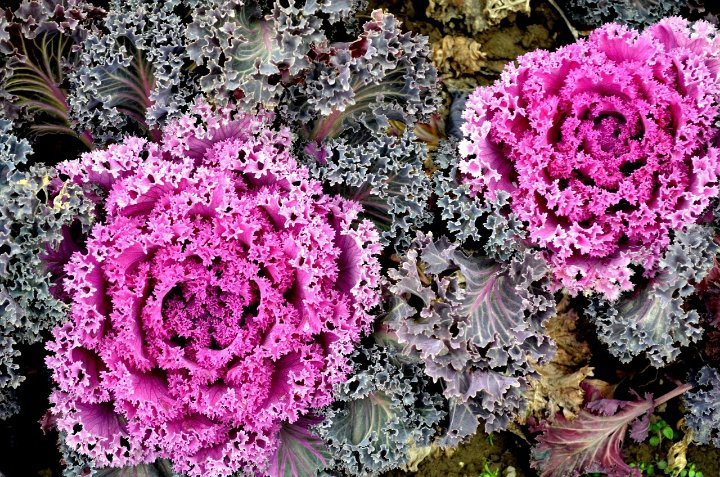
While technically not flowers in the traditional sense, ornamental kale and cabbage are stunning additions to fall gardens, boasting vibrant colors and unique shapes.
Temperature Tolerance: These plants perform best in USDA Zones 2 to 11 and are very tolerant of cold, thriving in temperatures as low as 20°F (-6°C).
Planting Instructions: When planting ornamental kale and cabbage in August, site them in well-drained, fertile soil, in full sun to partial shade. Consider using them in borders or mixed beds, spacing them 12 to 18 inches apart to allow for their growth.
Unique Considerations: The brilliant colors of ornamental kale and cabbage intensify with cooler temperatures, making them not only practical but highly decorative. They can add texture and visual interest alongside more traditional fall flowers, creating a varied and colorful garden.
Sedum (Stonecrop)
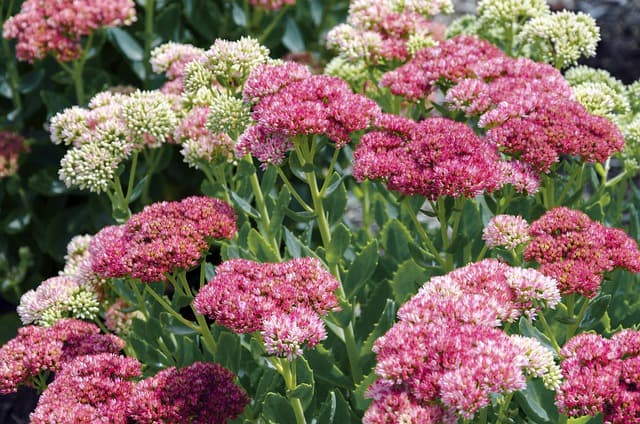
Sedum, or stonecrop, is a hardy succulent that thrives in rocky or dry conditions, making it a low-maintenance flower option for fall.
Temperature Tolerance: Sedums are particularly resilient, growing in USDA Zones 3 to 9. They can withstand frost and are tolerant of drought conditions.
Planting Instructions: Ideal for planting in August, Sedum likes well-drained soil and full sun. Space them about 12 to 18 inches apart, which allows good air circulation. Water them sparingly, as they prefer drier conditions once established.
Unique Considerations: Sedums attract butterflies and other pollinators, making them beneficial for ecosystems. They’re perfect for rock gardens, borders, or even in containers. Their fleshy leaves and flowers provide a stunning contrast to other fall flowers and foliage.
Pansy
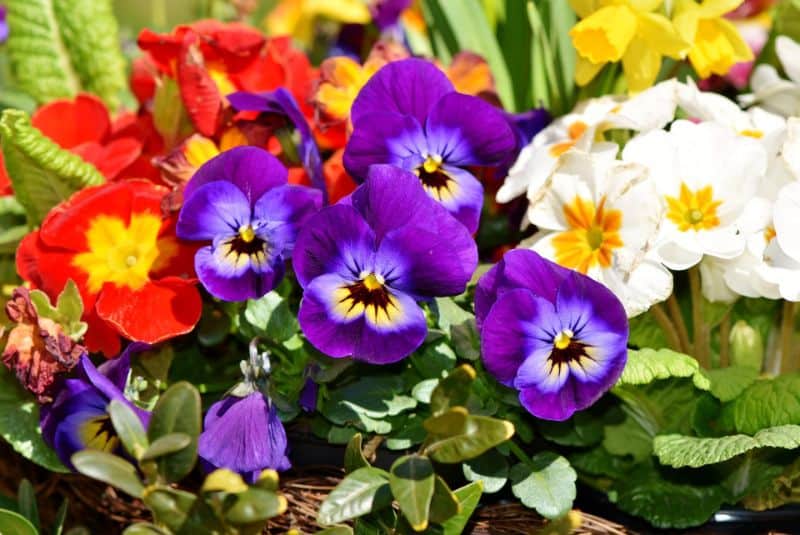
Pansies are cherished for their cheerful blooms and ability to thrive in cooler temperatures, making them an excellent choice for late summer planting.
Temperature Tolerance: Suitable for USDA Zones 2 to 11, pansies can tolerate light frosts and thrive in cooler weather, particularly between 40°F and 70°F (4°C to 21°C).
Planting Instructions: You can start planting pansies in August almost anywhere in your garden. Choose a location with full sun to partial shade, and space them 8 to 12 inches apart. Regular watering is critical, but ensure the soil drains well.
Unique Considerations: Pansies often come in an array of colors and patterns, allowing for fantastic garden displays. Their blooms are not only beautiful but also edible, adding a unique touch to salads and garnishes.
Black-Eyed Susan (Rudbeckia)
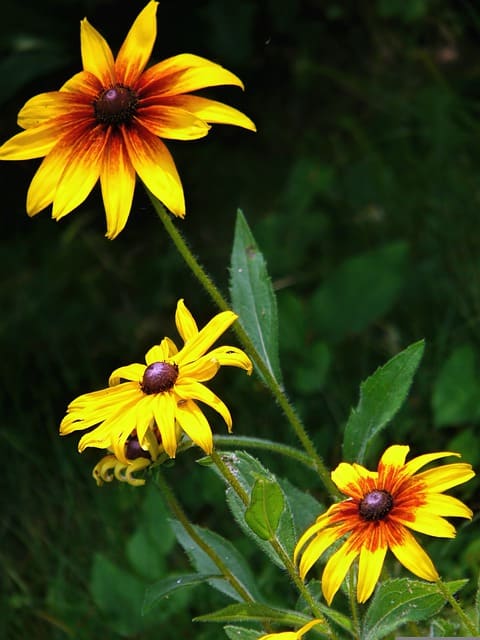
Black-Eyed Susans are native wildflowers that add a sunny splash of yellow to any garden. They bloom from summer through fall, making them an ideal choice for planting in August.
Temperature Tolerance: Well-suited for USDA Zones 3 to 9, they can tolerate a variety of climates and handle temperatures down to 20°F (-6°C).
Planting Instructions: Plant black-eyed Susans in well-drained soil with full sun. Spacing them about 18 inches apart allows for their natural spreading habit. Water them deeply after planting, as they prefer moderately moist conditions.
Unique Considerations: These hardy flowers are also drought-resistant once established, making them a perfect choice for low-maintenance gardens. They attract pollinators, especially butterflies, and their vibrant flower heads create powerful visual impact in landscaped areas.
Coreopsis (Tickseed)
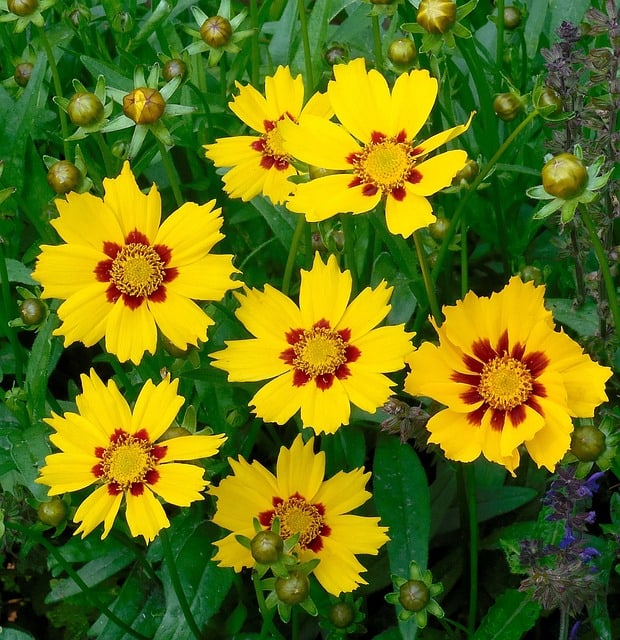
Coreopsis, commonly known as tickseed, is another resilient option that can brighten up a garden in late summer and through fall.
Temperature Tolerance: Coreopsis thrives in USDA Zones 3 to 10 and can withstand chilly temperatures, typically down to 30°F (-1°C).
Planting Instructions: Plant coreopsis in August in well-drained soil and full sun, spacing them about 12 to 18 inches apart. Regular watering is essential until they become established, but they are quite tolerant of drought once mature.
Unique Considerations: Coreopsis flowers bloom abundantly, producing cheerful yellow and orange blooms that are long-lasting. They’re great for attracting butterflies and pollinators. Consider deadheading spent flowers to promote continued blooming throughout the fall.
Russian Sage (Perovskia atriplicifolia)
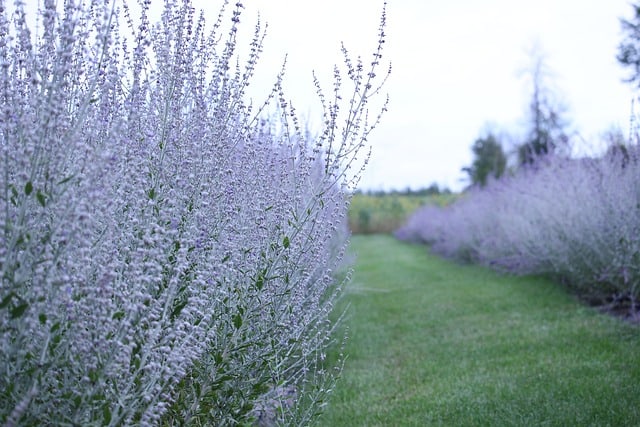
With its striking silver foliage and purple flowers, Russian sage is a fantastic addition to any fall garden. It offers both beauty and robustness, making it ideal for late-season planting.
Temperature Tolerance: Russian sage is hardy in USDA Zones 4 to 9 and can thrive in a range of climates, even withstanding temperatures down to -10°F (-23°C).
Planting Instructions: When planting in August, ensure that Russian sage is planted in well-draining soil and full sunlight. Give them ample space; about 3 feet apart is ideal, as they can grow to be quite large.
Unique Considerations: This plant is drought-tolerant once established, making it a great choice in areas with less frequent rainfall. Additionally, its aromatic leaves deter many pests, making it a beneficial companion plant in your garden.
Euphorbia (Spurge)
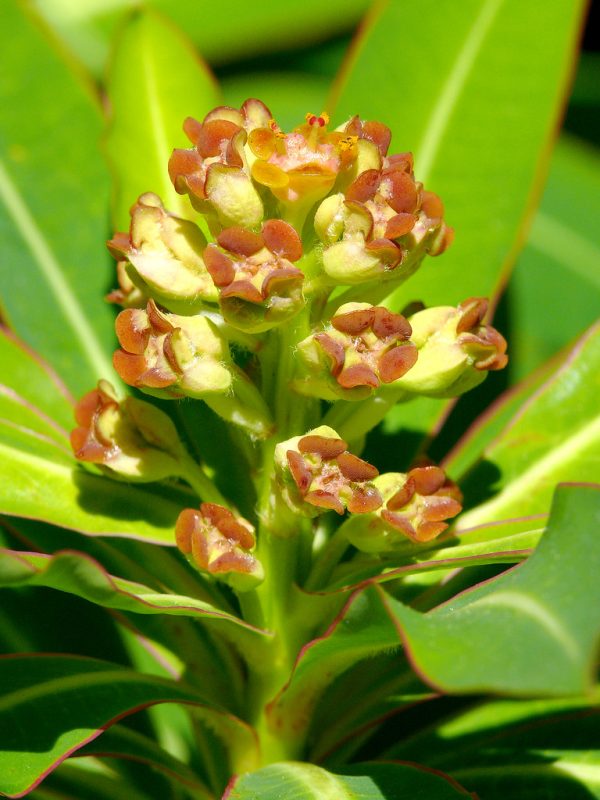
Euphorbia or spurge offers a variety of shapes and colors, making it a versatile choice for fall gardens. Its unique foliage and interesting flower heads create dynamic visual interest.
Temperature Tolerance: Suitable for USDA Zones 4 to 9, euphorbia can tolerate quite a range of temperatures, with certain varieties able to survive up to 10°F (-12°C).
Planting Instructions: August is an excellent time to plant euphorbia in well-drained soil and full to partial sun settings. Space them about 12 to 18 inches apart for optimal growth. Water consistently during the establishment phase.
Unique Considerations: Many euphorbia varieties are evergreen, which means you can enjoy their unique foliage even in winter. Some types also produce bright bracts that resemble flowers, which can add distinct color to your autumn landscape.
Snapdragons
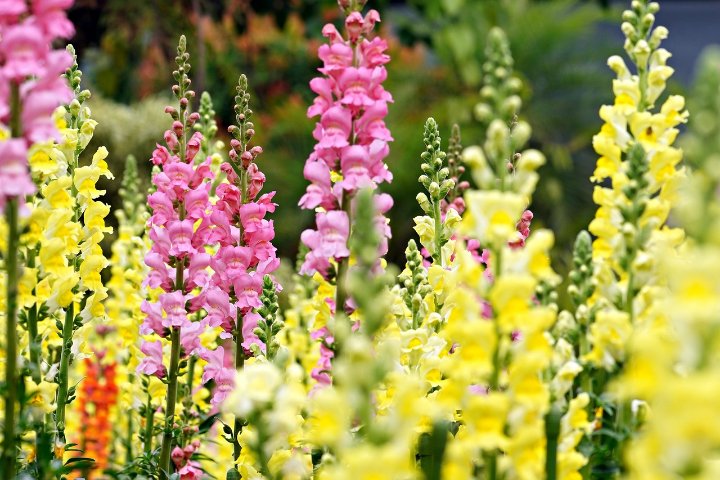
Although often associated with spring, snapdragons can also be beneficial for late summer planting, blooming beautifully into fall.
Temperature Tolerance: Thriving in USDA Zones 2 to 10, snapdragons can withstand temperatures as low as 30°F (-1°C).
Planting Instructions: For ideal growth, plant snapdragons in early August in well-drained soil and full sun or partial shade. Spacing should be around 8 to 12 inches apart. Keep the soil moist, especially during the establishment period.
Unique Considerations: Snapdragons’ unique flower shape and variety of colors allow for creative landscaping options. The flowers are also known to attract pollinators, making them worthwhile for biodiversity in your garden.


